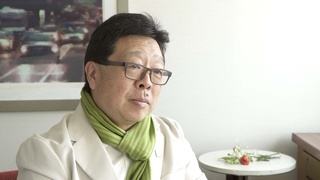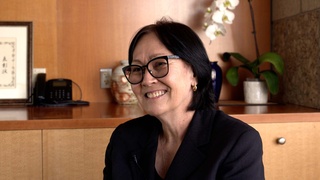Interviews
Japanese in Minot
Well, I wouldn’t consider it a community, but there was about 50 Japanese people living in Minot, North Dakota. And it, I remember the house, our house is here and then Mr. Saomura is…it’s about 5 minutes drive down the street and there were some…Toyama, so we’re not live together in the community like what’d you say, but whatever occasion we get together – Saturday/Sunday or Sunday to…I mention about…park, we’d get together…pot luck and then have luncheon at the park, yes. It was a close community, yes, yes…well, yeah, network of people that we – most people is connected to the restaurant or hotel business or some the railroad. Yes and I guess that’s the extent of it, the occupation, yes.
Date: June 17, 2008
Location: California, US
Interviewer: Janice Tanaka
Contributed by: Watase Media Arts Center, Japanese American National Museum






